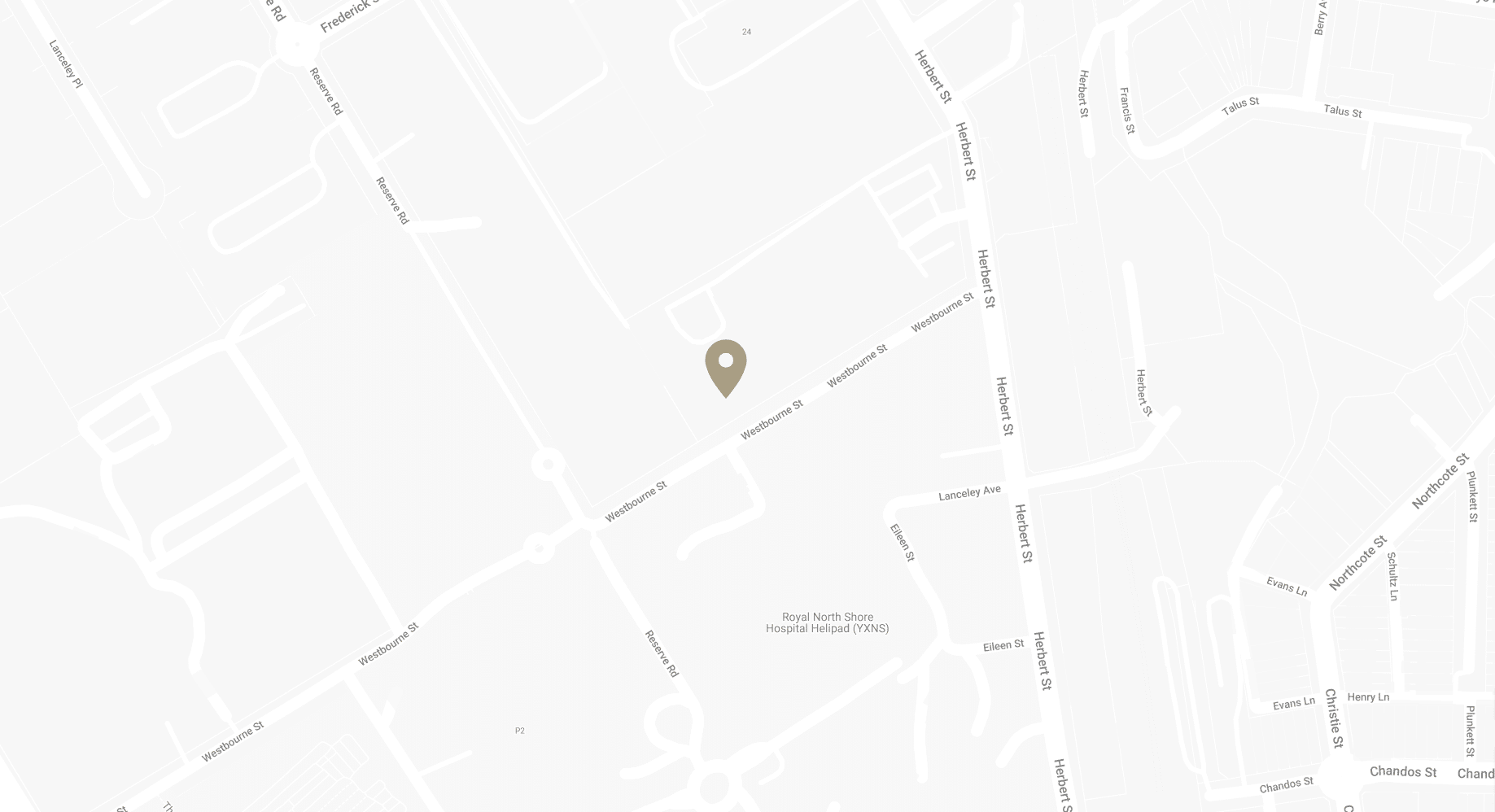Insights and Tips for Recovery from DIEP Surgery
DIEP (Deep Inferior Epigastric Perforator) surgery is a sophisticated procedure used in breast reconstruction. It involves transferring tissue from your lower abdomen to the breast area. Because it’s a major surgery, the recovery process is extensive and requires careful attention. Recovery from DIEP surgery is a gradual process. Each phase, from immediate post-operative care to long-term healing, requires patience and adherence to medical advice. Following the guidelines provided by Sydney Specialist Plastic Surgeon Dr Bish Soliman and his team can promote healing and reduce the risk of complications.
Immediate Post-Operative Care
After DIEP surgery, you will be monitored in the hospital for a few days. This period is critical for ensuring that your body is starting to heal correctly and that there are no immediate complications.
In the hospital, the medical team will focus on pain management, monitoring vital signs, and ensuring the surgical sites are healing properly. You will have surgical drains in place to remove excess fluid from the surgical area. While these might be uncomfortable, they are necessary to prevent fluid accumulation and reduce the risk of infection.
Dr Soliman team will manage your pain with medication, which may be administered through an IV initially and then as oral medication once you are stable. Effective pain management is crucial to help you rest and heal. Do not hesitate to communicate with Dr Soliman about your pain levels so they can adjust your medication accordingly.
The initial days post-surgery will involve limited movement. Nurses will assist you in getting out of bed and walking a short distance, which is important for preventing blood clots and promoting circulation. You will be encouraged to take deep breaths and perform gentle coughing exercises to keep your lungs clear.
Monitoring and Managing Surgical Drains
Surgical drains are a common part of the recovery process after DIEP surgery. These drains help remove excess fluid that can accumulate in the surgical area, reducing the risk of complications such as infection and seroma formation.
You may go home with these drains still in place if they are draining more than 20 mls per 24 hour period. Dr Soliman and his team will teach you how to care for them, which includes measuring the output of fluid, keeping the area clean, and ensuring the drains are not obstructed. It’s important to follow these instructions carefully to avoid complications.
Drains usually need to be emptied and measured every 24 hours. Keep a log of the amount of fluid drained as this information will be useful for Dr Soliman in deciding when the drains can be removed. The fluid will initially be bloody, then gradually change to a clearer, yellowish fluid as healing progresses.
Proper hygiene is essential in managing surgical drains. Wash your hands thoroughly before and after handling the drains. The exit sites of the drains should be kept clean and dry to prevent infection. Dr Soliman will give you specific instructions on how to care for these sites, which may include applying an antibiotic ointment and changing the dressings regularly.
Most patients find the drains uncomfortable but manageable. They are usually removed within one to two weeks, depending on the amount of fluid drainage. Removal of the drains is usually a quick and straightforward procedure performed in your Dr Soliman’s office.
More about Surgical Site Care
Caring for your surgical sites is vital for preventing infection and promoting healing. Dr Soliman will provide specific instructions tailored to your needs, but there are general guidelines that most patients will follow.
First and foremost, keep the surgical area clean and dry. Generally, you will be advised to avoid submerging the surgical area in water until it has sufficiently healed.
Inspect the surgical sites daily for signs of infection, which include redness, swelling, warmth, or drainage that has an unpleasant odour. If you notice any of these signs, contact Dr Soliman immediately.
Some patients may experience tightness or itching around the incision sites. This is a normal part of the healing process. However, avoid scratching or applying any unapproved lotions or creams. Dr Soliman can recommend products that are safe to use.
Activity Restrictions and Mobility
During the initial stages of recovery, your activity will be significantly restricted to allow your body to heal properly. It’s crucial to follow these restrictions to avoid complications.
Dr Soliman will provide guidelines on how much you can move and what activities to avoid. Typically, you will be advised to refrain from heavy lifting, strenuous exercise, and any activities that involve bending or stretching the abdominal area.
Walking is encouraged as soon as you feel able, as it promotes circulation and helps prevent blood clots. Start with short, gentle walks around your home, gradually increasing the distance as your strength improves. Avoid standing or sitting for prolonged periods without moving around.
Physical therapy may be recommended to help you regain mobility and strength. Your physical therapist will design a program tailored to your needs, focusing on gentle exercises that improve flexibility and muscle tone without overexerting your body.
Nutritional Needs during Recovery
Nutrition plays a role in your recovery after DIEP surgery. A balanced diet can support your body’s healing process, providing the necessary nutrients to repair tissues and maintain your overall health.
Focus on a diet rich in protein, as it is essential for tissue repair. Include lean meats, fish, eggs, dairy products, beans, and legumes in your meals. Protein supplements can also be beneficial if you find it challenging to meet your protein needs through food alone.
Vitamins and minerals are equally important. Vitamin C, found in citrus fruits, strawberries, and bell peppers, aids in collagen formation and wound healing. Zinc, found in meat, shellfish, and nuts, supports immune function and helps in tissue repair.
Stay hydrated by drinking plenty of water throughout the day. Adequate hydration supports your body’s healing processes and helps flush out toxins. Aim for at least eight glasses of water a day, but adjust this amount based on your individual needs and any specific advice from Dr Soliman and his team.
Managing Pain and Discomfort
Pain management is a significant aspect of your recovery after DIEP surgery. While some discomfort is expected, effective pain control can improve your overall recovery experience and help you resume normal activities sooner.
Dr Soliman will prescribe pain medication to manage your discomfort. Initially, you may receive stronger medications, such as opioids, but these will be tapered off as your pain decreases. Always take medications as directed and discuss any concerns or side effects with Dr Soliman.
In addition to medication, there are several non-pharmacological methods to manage pain. Applying ice packs to the affected area can help reduce swelling and numb the pain. Just ensure the ice is wrapped in a cloth to avoid direct contact with your skin, which can cause frostbite.
Elevating your legs when sitting or lying down can also help reduce swelling and alleviate discomfort. Use pillows to support your body and maintain a comfortable position that does not strain your surgical sites.
Gentle movement and stretching can help reduce stiffness and improve circulation, which can also alleviate pain. Follow any exercises recommended by your physical therapist, and avoid activities that cause excessive pain or discomfort.
Relaxation techniques such as deep breathing, meditation, and listening to soothing music can also be beneficial. These methods help reduce stress and anxiety, which can, in turn, lower your perception of pain.
Addressing Swelling and Bruising
Swelling and bruising are common after DIEP surgery and are part of the body’s natural healing process. While they can be concerning, understanding how to manage these symptoms can help you feel more comfortable and promote faster healing.
Swelling usually peaks within the first few days post-surgery and gradually decreases over the following weeks. To manage swelling, keep the affected area elevated as much as possible. When lying down, use pillows to raise your legs and support your back.
Applying cold compresses or ice packs to the swollen areas can also help. Use them for 15-20 minutes at a time, several times a day, to reduce inflammation and provide relief. Ensure the compress is wrapped in a cloth to protect your skin from cold damage.
Bruising is another common occurrence and may take several weeks to fade. The bruising will change colours from dark blue or purple to green, yellow, and then gradually disappear. This progression is normal and indicates that your body is healing.
Avoid any activities or movements that could exacerbate swelling or bruising. Gentle movement is beneficial, but strenuous activities should be avoided until Dr Soliman gives you the all-clear.
Monitoring for Complications
Monitoring for potential complications is an important part of your recovery process. While most patients recover without major issues, being vigilant can help you catch any problems early and address them promptly.
Some common complications after DIEP surgery include infection, seroma (fluid accumulation), and issues with the blood flow to the reconstructed breast. Signs of infection include increased redness, warmth, swelling, or drainage at the surgical site, as well as fever. If you notice any of these symptoms, contact Dr Soliman immediately.
Seromas can occur when fluid accumulates under the skin. If you notice a persistent, painless swelling near the surgical site, it could indicate a seroma. While minor seromas may resolve on their own, larger ones might need to be drained by Dr Soliman.
Returning to Daily Activities
The timeline for resuming your daily activities will vary based on your individual progress and Dr Soliman’s recommendations.
In the first few weeks after surgery, focus on rest and gentle movements. Gradually, you can start to incorporate more activities into your routine. Start with light household chores and short walks, slowly increasing your activity level as you feel more comfortable.
Driving is generally not recommended for at least a few weeks post-surgery. Your ability to drive will depend on your pain levels, mobility, and whether you are still taking pain medications. Always consult Dr Soliman before resuming driving.
Long-Term Recovery Expectations
Recovery from DIEP surgery extends beyond the initial post-operative period. Long-term recovery involves adjusting to the changes in your body and ensuring that you continue to heal properly.
Over the next several months, you will gradually regain your strength and mobility. It’s important to continue following Dr Soliman’s advice regarding physical activity, nutrition, and wound care. Regular follow-up appointments will help monitor your progress and address any concerns.
Your body will continue to change and heal for up to a year or more after surgery. This includes the maturation of scars and the settling of the reconstructed breast.
Scar Management and Skin Care
Scars are an inevitable part of surgery, but there are ways to minimise their appearance and promote better healing. Dr Soliman will provide specific instructions on how to care for your scars, which may include the use of silicone sheets or gels, massage techniques, and moisturising.
Proper skin care is also important. Keep the surgical area clean and moisturised to prevent dryness and promote healing. Avoid direct sun exposure on the scars, as UV rays can darken them and make them more noticeable.
FAQs about What to Expect during Recovery after DIEP surgery
How long does the complete recovery process take after DIEP surgery?
- Recovery from DIEP surgery varies for each individual, but most patients can expect a complete recovery to take several months to a year. Initial recovery, where you are able to resume most daily activities, usually takes about 6-8 weeks. However, it may take up to a year for the reconstructed breast to fully settle, for scars to mature, and for you to regain your full strength and mobility.
Can I sleep in any position after DIEP surgery?
- Sleeping positions are important for your comfort and recovery after DIEP surgery. It is generally recommended to sleep on your back with your upper body slightly elevated. This position helps reduce swelling and prevents putting pressure on your surgical sites. Avoid sleeping on your stomach or sides until Dr Soliman gives you the all-clear, usually after several weeks.
When can I return to work after DIEP surgery?
- The timing for returning to work depends on the nature of your job and your individual recovery progress. Patients with desk jobs may be able to return to work within 4-6 weeks, provided they can take frequent breaks to avoid prolonged sitting. If your job involves heavy lifting or physical activity, you may need to wait 8-12 weeks or longer. Discuss your specific situation with Dr Soliman to get a tailored recommendation.
Will I need additional surgeries after the initial DIEP procedure?
- Additional surgeries are sometimes needed after the initial DIEP procedure to achieve the desired cosmetic result. These can include procedures to refine the shape of the reconstructed breast, adjust the symmetry between breasts, or improve the appearance of scars. Your surgeon will discuss the possibility of additional surgeries and any expected outcomes during your follow-up appointments.
Further Reading about Breast Reconstruction with Dr Bish Soliman
- Read more about Prosthetic Nipples and Tattooing after DIEP Breast Reconstruction
- Read more about DIEP Flap Breast Reconstruction and Radiotherapy
- Read more about FAQs about DIEP Breast Reconstruction Surgery
- Read more about Why Dr Soliman Prefers DIEP Breast Reconstruction?
- Read more about Who Are the Best DIEP Breast Reconstruction Surgeons in the World?
Medical References about DIEP Surgery
- Physiotherapy advice after breast reconstruction surgery – Oxford University
- Rehabilitation For DIEP Reconstruction – Rehabilitation For DIEP Reconstruction
- Physiotherapy after DIEP Surgery – NHS
- Patient Perspective on Post-Breast Reconstruction – Science Direct
- Post-operative Exercises DIEP Reconstruction -NHS



